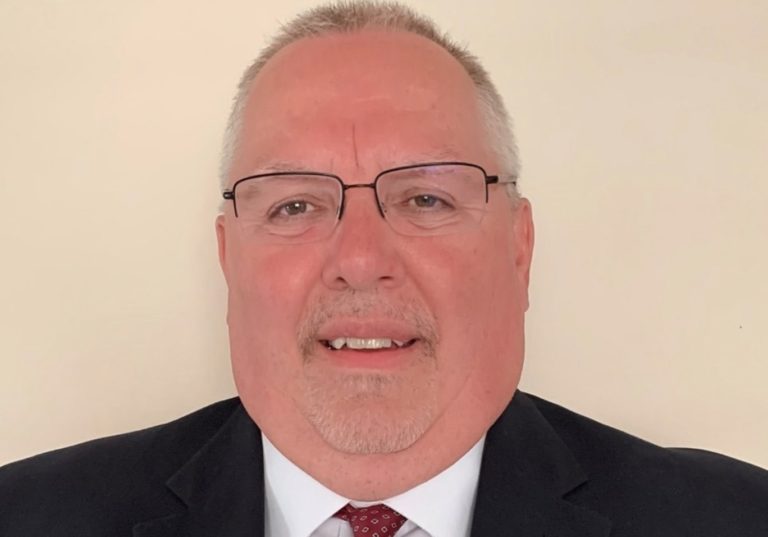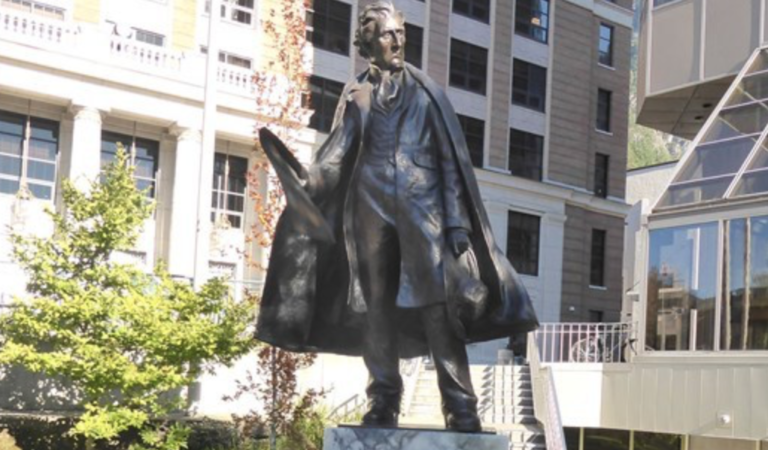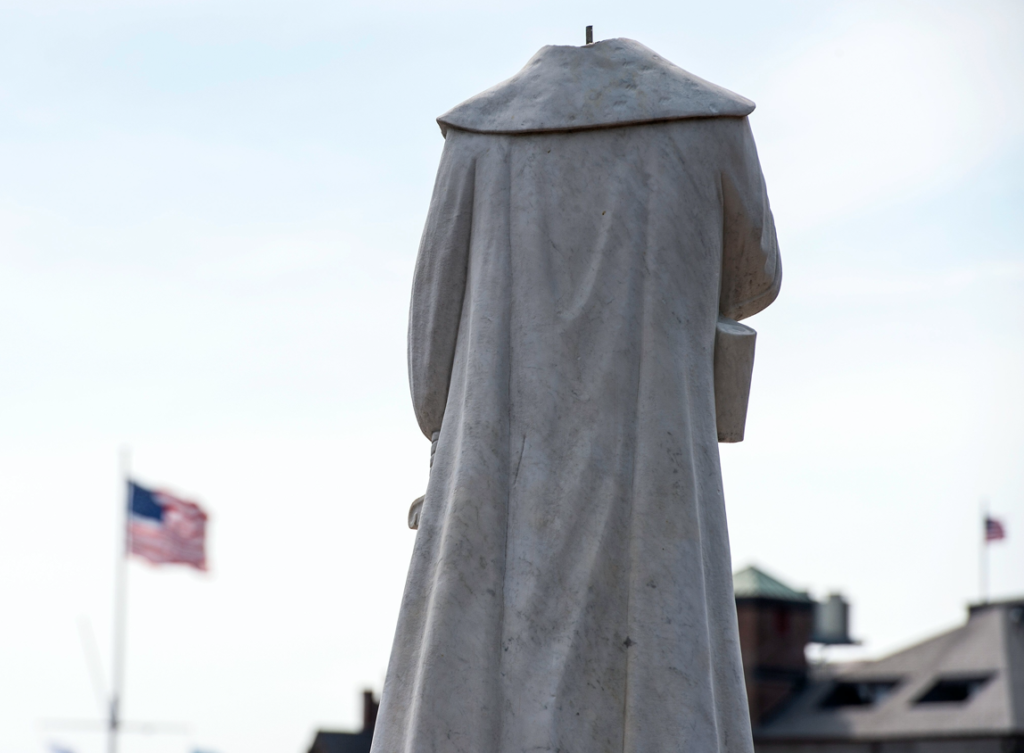By JOHN QUICK
Now that America is hiring again, it’s time to take a look at our workforce because it will look very different from here on out. Millennials are taking over during this era, as older workers head for the exits.
Like it or not, these millennial workers are a management challenge.
The tips I’m about to give you are not going to be easy to hear because it will require you to make the changes. Millennials, those between the ages of 26 and 40 (born between 1980-1994) won’t bend to fit old molds.
I’m a millennial myself and I understand them.
I’ve worked with them for years and (kind of) know how to manage them toward success — success for my businesses and success for their own career path.
So, please bear with me while I lay out the realities that will help you avoid frustration.
Millennials Like to Have Fun at Work and Need to Have Purpose
They have a strong urge to enjoy what they are doing. Their dad may have worked as a mechanic his entire life and only saw his job as a paycheck. The pendulum tends to swing to the opposite of that for almost all millennials in professional jobs. They have to get satisfaction from what they are doing. Not only do they have to have fun, but some also need to feel a deep sense of purpose in their jobs.
That you can give them.
If you own a business and are hiring millennials and want to keep them, make sure your enterprise has both a mission and vision statement. These statements should trickle down to roles and responsibilities of each job. These mission and vision statements should also bleed joy and meaningful impact into day-to-day operations of your businesses.
9-5 Does Not Work for Millennials
Nine to five needs to be thrown out the window, if at all possible for your work ecosystem.
Millennials don’t like being told to show up for a job Monday-Friday 9 a.m. to 5 p.m.
You have two choices here: you can fight them and go through handfuls of new hires who leave through the back door every three weeks, or you can go along to get along.
Create an environment that gives them space to think creatively, which includes not micromanaging them and their schedules by the minute.
Give them goals and things to accomplish and remove the walls of your box that you typically like to have people accomplish these things in. Measure their successes by their fruit and not by their ability to fit into a mold that worked for you and your generation.
You can always get someone to show up 9 a.m. to 5 p.m., but you can’t always get someone to buy into your company, and because they are sold on the mission and vision of your company, go to great lengths to make sure it’s a success.
And yes, these workers require a bit more “avocado toast and macchiato” handling in the mornings. But if you find the right fit for your company, and if you can adjust to their night owl ways, you’ll find them loyal and mission driven.
Millennials Need Positive Reinforcement
We live in a world where people are glued to their phones, and they see the false narratives of this world 24/7 via this little screen. Because of this bombardment of negativity, they want to have a positive space in their lives, which includes their work.
If you want what will bring the most success to your company and you employ millennials, use positive reinforcement as often as possible.
No one wants to work for a negative, screaming boss.
Millennials will not put up with this and although they won’t make it into a big deal; they will move on. If a job is just a paycheck, then you put up with negativity.
If a job is a calling to make a significant impact in the world, then you will leave a job that lacks the vision and look for a work environment that could be all this, and more.
Millennials have to enjoy their work, have flexibilitflexibility, y in a work schedule, and need positive reinforcement. If your business goals are to make an impact and make money, then this should not be a big deal.
If your goal is to control everything and make employees fit your stereotype, then you’ll face a lot of frustration with your millennial workforce.
One of John Quick’s many super powers is to help your business discover how to best use social media and technology to connect with customers, drive traffic, tell your authentic story, and increase sales. He’s entrepreneur and a former regional director for Samaritan’s Purse, and is known as “chief implementor and red tape cutter.”











